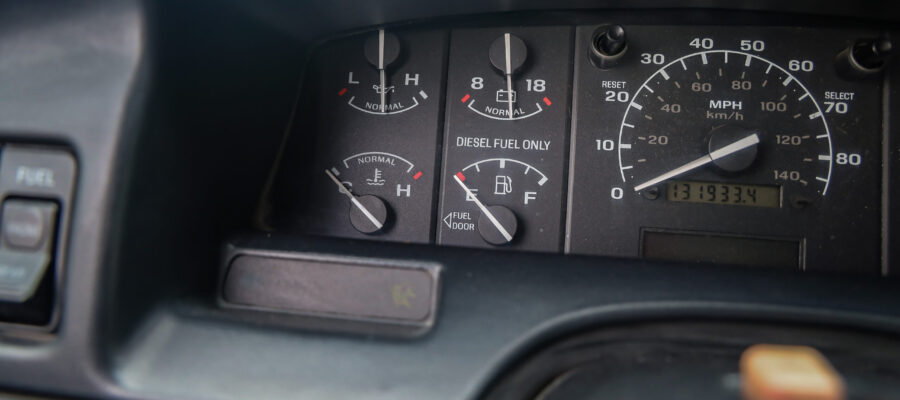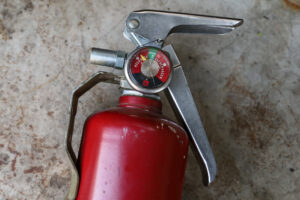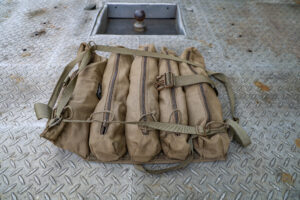
My Chevelle’s Fuel Gauge is Not Accurate
Are all of your car’s gauges in good working condition? My fleet has a few broken gauges. It typically isn’t a problem, nor does it bother me. I would guess that I’m not alone in this viewpoint among my fellow car collectors. In March of 2023 my friends at Columbus Cars and Coffee invited me to include my Chevelle in an automotive display at the 2023 Columbus International Auto Show. Prior to load-in, we were told our cars could not have more than a quarter tank of fuel before entering the convention center. No big deal, if you have a working fuel gauge in your car.
As it turns out, the fuel gauge in my Chevelle is not completely accurate. No matter how full the tank is, the car’s gauge never reads above half. Typically, I don’t let the fuel level in that car get below a quarter tank because I don’t trust the gauge. Nevertheless, I siphoned gas out of the Chevelle until the fuel gauge read a quarter of a tank. Truth be told, I got a little worried about running out of gas and added some back. I figured I could count on the 454 to consume enough gas in the drive to the convention center. This got me thinking about the varying importance of each gauge in a vehicle. How many working gauges do you actually need in your old car?

Do You Really Need All the Gauges?
Have a working and accurate speedometer in your vehicle is required by law in many areas. It’s also a good thing to have if you’d like to avoid any unplanned meetings with local law enforcement. Beyond the speedometer, I personally only care about two other gauges in my car: oil pressure and water temperature. Maybe it should bother me more when some gauges don’t work in my vehicles. It’s possible I’ve owned enough junk cars in my life that I’m just used to non-functioning gauges. As it stands, I currently have two vehicles with broken or inaccurate fuel gauges.
I posted a video on TikTok a while back that gave viewers a glimpse of the voltmeter in my Chevelle, it’s not working either. A few people left comments about the lack of volts showing on the gauge. This doesn’t bother me either. First, because I know my alternator is working and second, if it wasn’t I’d figure it out soon enough. Additionally, it’s pretty easy to determine if your car’s alternator is charging by using a multimeter. In the end, if the alternator quits charging it won’t cause catastrophic damage to the car.

So Which Gauges in Your Car Actually Matter?
I will admit that having a working fuel gauge in any vehicle is really convenient. However, you can get around a broken fuel gauge by either filling your car’s tank up completely every few times you drive it or estimating how much fuel you need to get to and from your destination and then adding at least that much.
Keeping an eye on oil pressure and water temp in a running vehicle is critical to avoiding catastrophic engine damage. I find myself checking those two gauges in my vehicles often. Sometimes for good reason. Anyone who has sat in traffic on a hot summer day in an older vehicle knows the anxiety of watching the water temp slowly climb. Likewise, it is comforting to glance at the oil pressure while cruising down the road and see it reading almost 60 psi. As far as I’m concerned, if the car is running well, isn’t overheating, and has good oil pressure, what is there to worry about?
Perhaps I have driven too many junk vehicles in my life, and I’m just used to non-functional gauges. Maybe I should take some time to fix the broken or inaccurate gauges in my cars. What do you think? How many working gauges does your car actually need?




